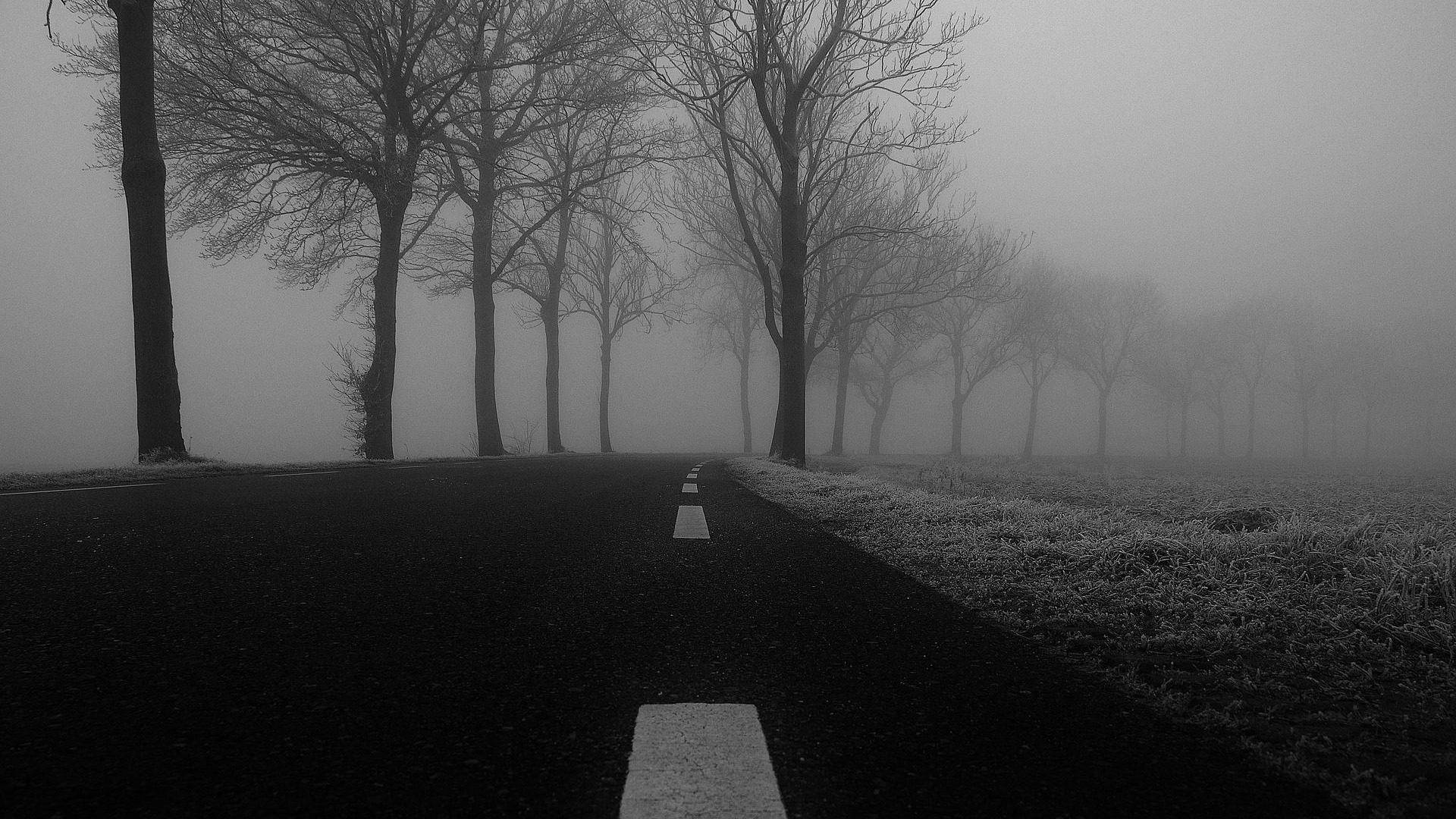Reading Assignment: In Our Own Image Due Monday, March 6, 11:59PM
1. What does Ritchin mean with the “fluidity of the digital”? Give an example of digital imaging/digital photography that exemplifies this.
– What I think Ritchin mean with the phrase “fluidity of the digital” is that it is the adaption of things or processes in a digitized manner in order to take advantage of the evolving times and the better technologies, which results in more effective ways to reach a desired outcome. In the case for photography in the modern age, it was primarily done using “analog” to take picture, which nowadays is seen less efficient due to “fluidity of the digital”, which in this case is in the form of digital imaging/digital photography. For example, “analog” photography requires that the camera be of a particular setup that may have parts that are hard to find due to the age of them, and the resulting pictures may not always be of the quality desired due to a lack of settings to change the resulting picture. For digital photography however, they are quite common nowadays and parts are easy enough to find. They also can produce many kinds of pictures you may desire due to the number of settings/options given on said camera.
2. Reflect on the extent to which photography is capable of capturing reality; and compare it to other media (technology) (e.g. text, video, virtual reality, books).
– I think photography is quite limited in which it is capable of capturing reality in that it is only able to capture a single moment of it (albeit you are able to make it as aesthetically pleasing or beautiful as you possibly want) but is able to be kept immortalized given the right conditions. This “immortalization” effect however can also be applied to other media/technology such as text, video, VR, books, etc. In the case of text and sometimes books, while there no visuals, you are able to write about just about anything and thus able to let the mind imagine about it as such. For video, I argue it is basically an upgrade over photography as it is able to record more of what’s going on in a particular scene and be rewatchable, unlike photography with it only being able to capture one single moment. Finally for VR, it has the potential to view reality with the addition of virtual add on, and thus one could capture reality with these virtual addons. However, each one of these brings its own unique method of capturing reality, and it is up to the user to decide what is best to use for such.
